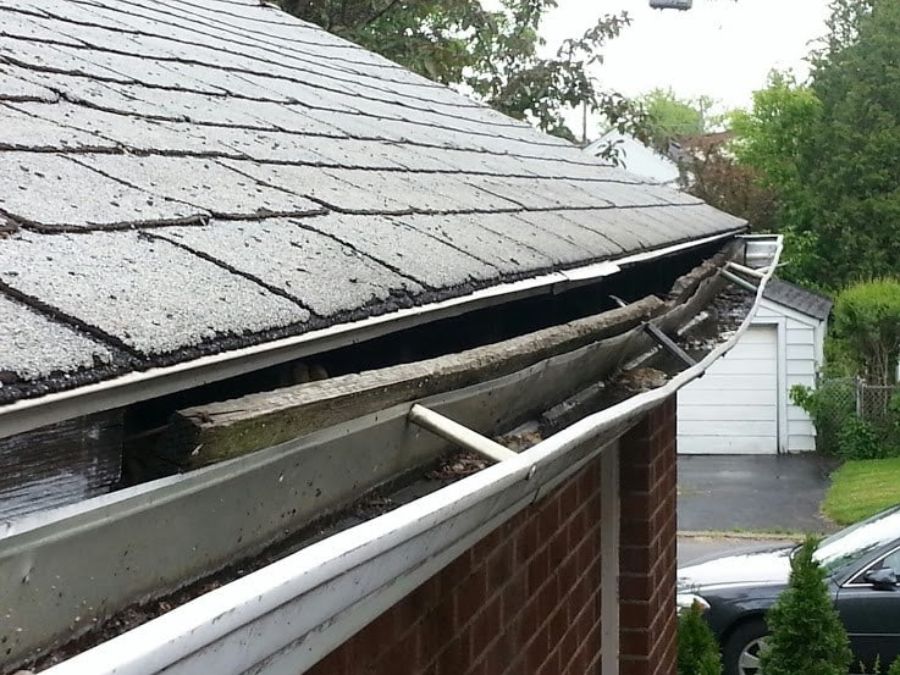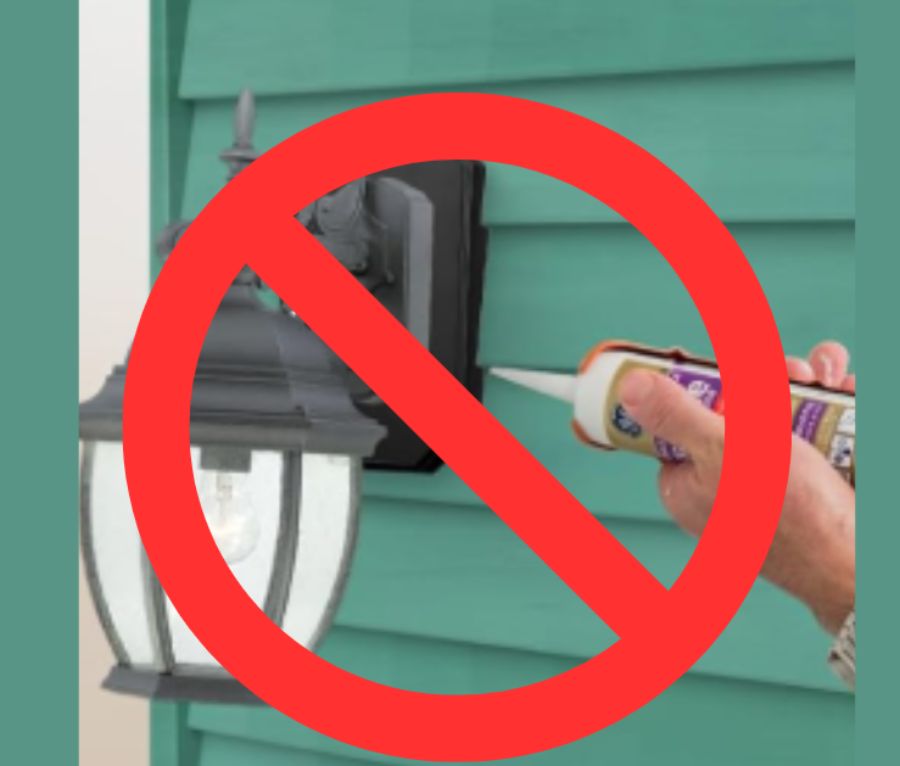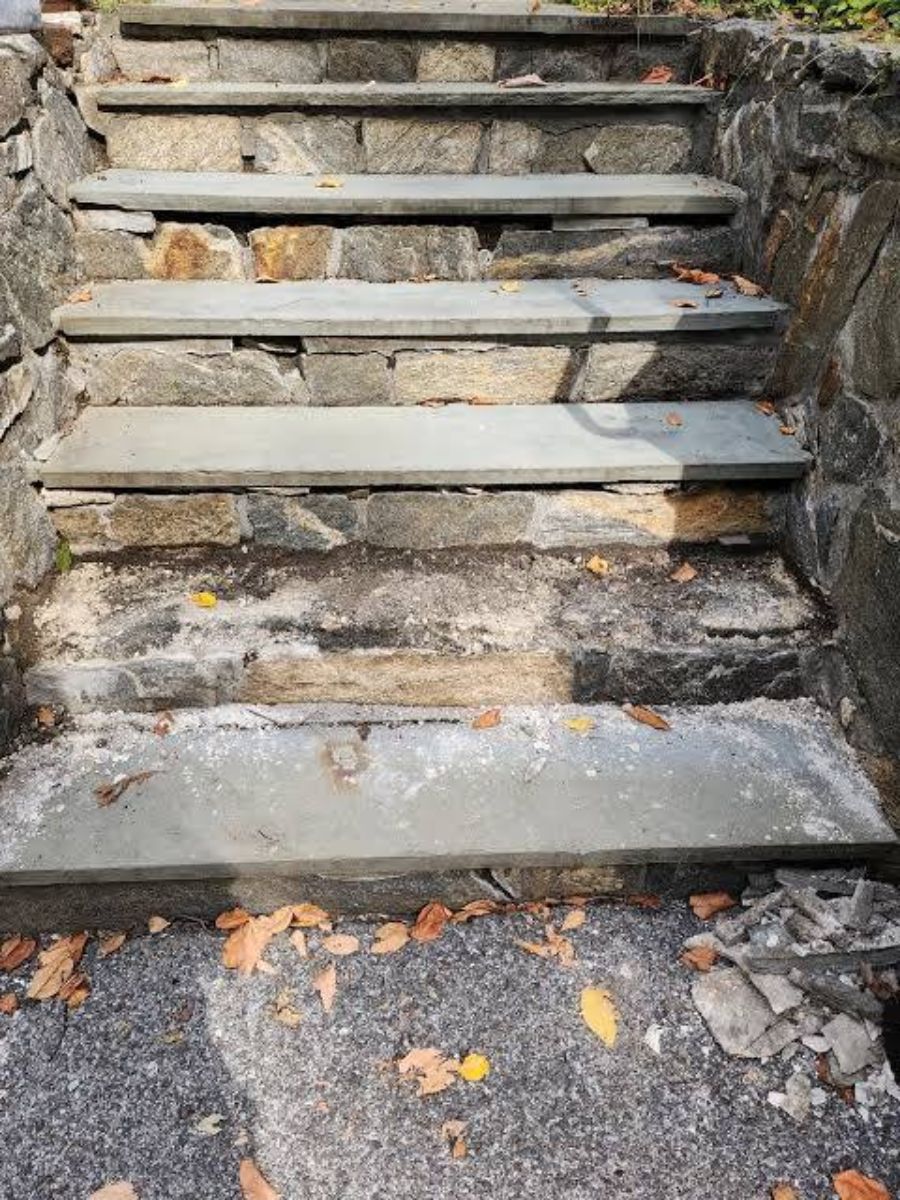If you are someone who owns a home with an old fieldstone foundation, you may have a good ol’ ‘Catch 22’ (a problem you can’t solve because the conditions conflict) on your hands.
While it is not unusual to appreciate its historical beauty, as with many types of beauty, this beauty may come with a price.
As nice/heartwarming/nostalgic as they may feel to have, there are certainly some challenges that come along with fieldstone foundations, particularly when these challenges start to increase.

I experienced this firsthand, living for quite some time in an 1800s farmhouse with a really neat old fieldstone foundation.
The challenge was that it leaked water fairly consistently with certain types of rain – not to mention the fact that so many mice seemed to get in through it, that it was like the Pied Piper had set up shop in the basement and was performing nightly concerts.

As with many things, these circumstances compounded over time until one day, not being able to take it anymore, I had our mason skim coat the walls with a cement product and then after the cement product application had cured, one of our crews applied the DRYLOK waterproofing system and ‘POOF!’, just like magic, the foundation no longer leaked, and the Pied Piper seemed to go on his merry way.
Old fieldstone foundations are beautiful reminders of early building methods, but they often do face the big problem of letting water in.
These foundations were built from irregular stones held together with soft mortar, usually made from lime and sand.

Over time, this mortar breaks down, leaving tiny gaps between the stones.
Water from rain, melting snow, or poor drainage around the house can seep through these openings and cause dampness or even flooding in the basement.
One challenge is that fieldstone foundations were never designed to be waterproof. They were built to “breathe,” allowing moisture to pass through slowly.

Another problem is exterior grading – when the ground around the foundation slopes toward the house instead of away, it directs water right into the walls.
To cure these issues, the first step is to control water from the outside.
In my case, I had done this as best I could before going the route that I ultimately traveled.
Make sure gutters and downspouts are clear and direct water at least six feet away from the foundation.
The soil should slope downward from the house to move water away naturally.
Next, damaged mortar joints should be repointed using a soft, breathable lime-based mortar, not modern cement, which can crack the old stones.
If water still gets in – as in my case – approaching things as I did (skim the walls with a proper masonry product and chase with the DRYLOK system) would be my recommendation.
Though the interior may end up looking a bit different than you have been used to, by combining good drainage, proper mortar repair, and the right type of interior repair & sealing, an old fieldstone foundation can stay dry while keeping its original strength and exterior charm for many more years to come.







